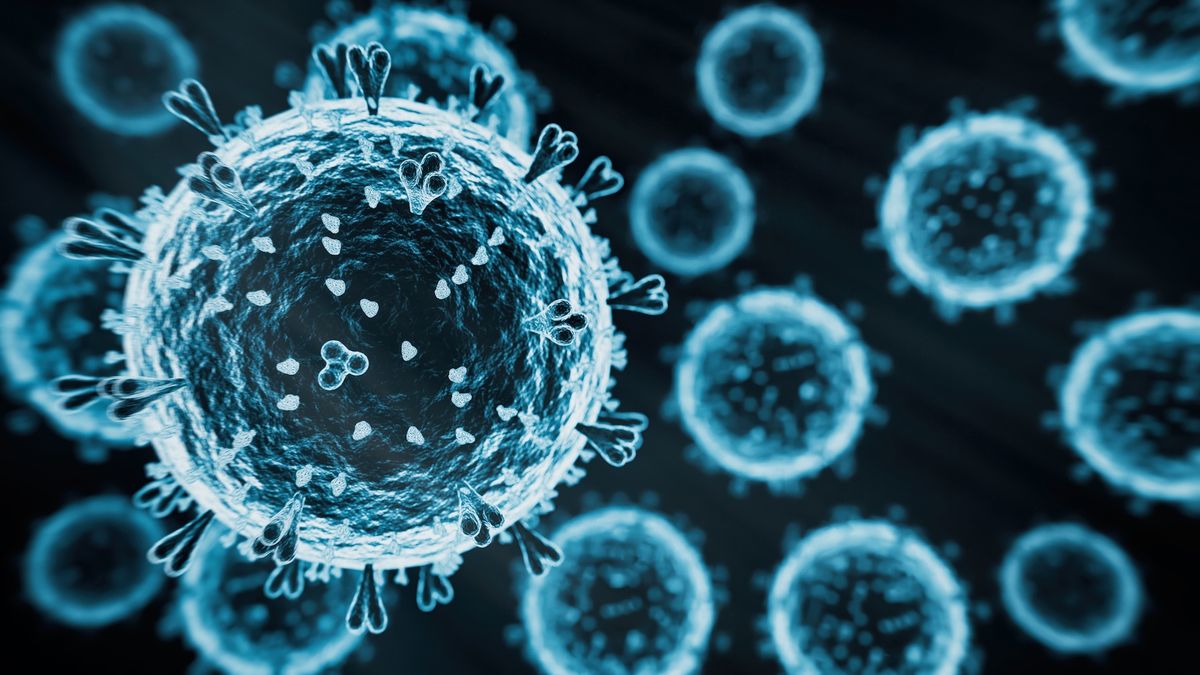
A groundbreaking study from Vanderbilt University Medical Center reveals that artificial intelligence (AI) could play a vital role in identifying patients at risk for suicide, potentially enhancing prevention efforts in everyday medical settings.
Led by Dr. Colin Walsh, the research explored how an AI system, the Vanderbilt Suicide Attempt and Ideation Likelihood model (VSAIL), could prompt doctors to screen high-risk patients during routine clinic visits.
The study, published in JAMA Network Open, tested two methods for delivering alerts to physicians: interruptive pop-up notifications and a less intrusive system that displayed risk information in a patient’s electronic health record.
The results showed that interruptive alerts were significantly more effective, prompting suicide risk assessments in 42% of flagged cases compared to just 4% with the passive system.
“Most people who die by suicide have visited a healthcare provider within the year before their death, often for non-mental health reasons,” said Dr. Walsh. “Universal screening isn’t practical in all settings, so we designed VSAIL to identify high-risk patients and encourage focused conversations.”
Suicide is a major public health issue in the U.S., claiming 14.2 lives per 100,000 people annually, and is the 11th leading cause of death. Alarmingly, studies show that 77% of individuals who die by suicide have seen a primary care provider in the year before their death.
Despite this, routine suicide risk screening in medical settings remains rare due to time constraints and other challenges.
VSAIL offers a targeted approach by analyzing electronic health records to calculate a patient’s 30-day risk of suicide attempt. In earlier trials, the system identified one in 23 flagged individuals as later reporting suicidal thoughts, underscoring its potential effectiveness.
For the recent study, researchers focused on neurology clinics at Vanderbilt, where patients with certain neurological conditions, such as epilepsy or migraines, are known to have an elevated risk of suicide.
Over six months, the system flagged 8% of patient visits, generating 596 screening alerts across 7,732 visits. Doctors who received interruptive alerts were much more likely to conduct suicide risk assessments, highlighting the importance of delivering actionable information directly into clinical workflows.
The findings also indicated that no patients flagged by the system experienced suicidal ideation or attempts during the 30-day follow-up period, suggesting the value of early intervention.
However, the researchers cautioned that interruptive alerts could lead to “alert fatigue,” a phenomenon where frequent notifications overwhelm healthcare providers, potentially diminishing their effectiveness over time.
Dr. Walsh emphasized the need to strike a balance. “Health systems must weigh the benefits of interruptive alerts against their potential to cause fatigue,” he said.
“Our results show that carefully designed alerts can help identify patients in need of suicide prevention services without overwhelming providers.”
The selective nature of the system also makes it feasible for busy clinics to implement. By flagging only a small percentage of visits—8% in this study—VSAIL ensures that resources are directed to patients most at risk.
Looking ahead, researchers suggest that similar AI-driven systems could be adapted for use in other medical settings, such as primary care or emergency departments, to expand suicide prevention efforts.
Future studies will likely focus on optimizing alert systems to maximize their effectiveness while minimizing their drawbacks.
This innovative use of AI represents a significant step forward in suicide prevention, offering hope that healthcare providers can better identify and support those at risk in a timely and practical manner.
If you care about health, please read studies that scientists find a core feature of depression and this metal in the brain strongly linked to depression.
For more information about health, please see recent studies about drug for mental health that may harm the brain, and results showing this therapy more effective than ketamine in treating severe depression.
The research findings can be found in JAMA Network Open.
Copyright © 2025 Knowridge Science Report. All rights reserved.









Leave a Comment